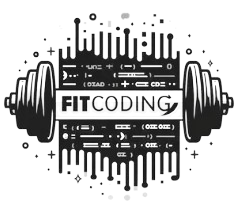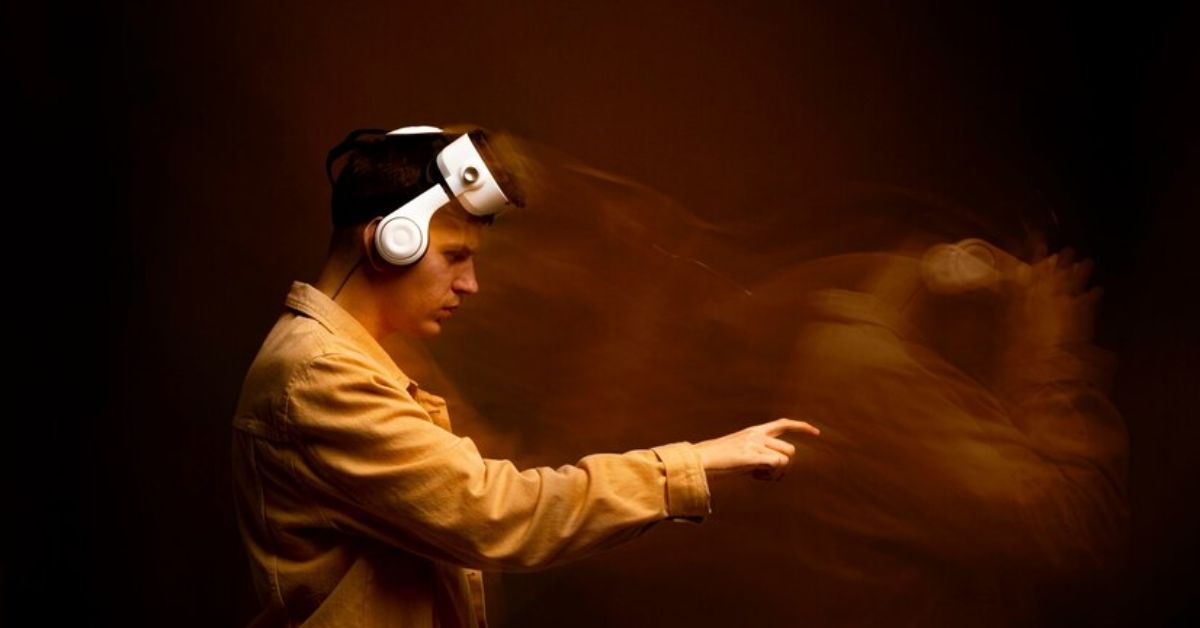Generative AI has exploded onto the scene, captivating the world with its ability to create novel content across various domains. From crafting intricate images to composing eloquent prose, these powerful tools are transforming the creative landscape. This article delves into the exciting world of generative AI, focusing on prominent players like DALL-E 2, Midjourney, and ChatGPT, and exploring how they are revolutionizing human creativity. Additionally, we’ll touch upon its relevance in modern education and certification programs, such as PGDM in AI, MIT AI certificate, and generative AI certification.
Understanding Generative AI
At its core, generative AI refers to a class of artificial intelligence algorithms designed to produce new content rather than simply analyzing existing data. These models are trained on massive datasets, enabling them to learn patterns, structures, and relationships within the information. This knowledge empowers them to generate original text, images, music, and even code.
Imagine feeding a neural network millions of images and their corresponding textual descriptions. Through a complex process involving deep learning techniques, the AI model learns to identify patterns and correlations between visual elements and their linguistic representations. This allows it to generate entirely new images based on textual prompts, effectively translating human language into visual form. Similarly, language models like ChatGPT are trained on vast amounts of text data, enabling them to understand and generate human-like text, from simple conversations to complex narratives.
Key Players in the Generative AI Revolution
DALL-E 2
Developed by OpenAI, DALL-E 2 is a groundbreaking text-to-image AI model. Users provide a textual description, and DALL-E 2 generates a corresponding image, often with remarkable accuracy and artistic flair. For example, a prompt like “a photorealistic image of a cat wearing a tiny astronaut suit, exploring the surface of the moon” can result in a surprisingly detailed and whimsical image.
DALL-E 2 can produce a wide range of styles, from photorealistic images and abstract art to imaginative concepts and even recreations of famous paintings in unique styles. It can also manipulate existing images, such as adding elements, removing objects, or changing the style of an image.
DALL-E 2 demonstrates a remarkable understanding of complex concepts and can generate images that are not only visually appealing but also conceptually intriguing.
Midjourney
Similar to DALL-E 2, Midjourney excels at generating high-quality images from textual prompts. It’s known for its artistic style, often producing dreamlike and surreal visuals that push the boundaries of creative expression.
Midjourney operates primarily through a Discord server, allowing users to interact with the AI and refine their prompts in real-time.
Users can use keywords like “art deco,” “cyberpunk,” or “impressionism” to influence the style of the generated images, leading to a wide range of artistic interpretations.
The iterative process within the Discord environment encourages experimentation and collaboration, fostering a vibrant community of artists and AI enthusiasts. Midjourney has gained significant traction within the artistic community, inspiring new styles and pushing the boundaries of digital art.
ChatGPT
Developed by OpenAI, ChatGPT is a powerful language model that can generate human-like text. It can engage in conversations, answer questions, write stories, translate languages, and even create different kinds of creative content. For example, ChatGPT can be used to write poems, draft scripts for short films, compose musical pieces, and even generate creative marketing copy.
Its ability to understand and respond to human language in a nuanced and engaging manner has significant implications for various fields, including customer service, education, and research.
ChatGPT can be used to personalize learning experiences by providing students with customized explanations, answering their questions, and even generating interactive learning exercises. Generative AI tools like ChatGPT are increasingly becoming part of certification programs such as generative AI certifications, empowering learners to understand and use these tools effectively.
The Impact of Generative AI on Creativity
Generative AI is poised to revolutionize how we approach creativity in several ways:
- Democratizing Creativity: These tools make creative expression more accessible to a wider audience. Individuals without formal artistic training can now generate stunning visuals and compelling narratives, empowering them to explore their creative potential.
- Aspiring writers can use language models to overcome writer’s block, experiment with different writing styles, and develop their own unique voice.
- This democratization of creativity empowers individuals to express their unique perspectives and explore their artistic visions in ways that were previously unimaginable.
- Amplifying Human Creativity: Instead of replacing human creators, generative AI acts as a powerful collaborator. It can help overcome creative blocks, provide inspiration, and accelerate the creative process.
- For writers, ChatGPT can help overcome writer’s block by generating different plot points, character descriptions, or even entire paragraphs of text, allowing writers to focus on refining their ideas and developing their unique voice.
- For musicians, AI tools can generate novel melodies, harmonies, and even entire musical compositions, providing a starting point for further experimentation and improvisation.
- For designers, AI models can generate a wide range of visual concepts, from initial sketches to fully rendered 3D models, helping designers explore different design directions and refine their ideas more efficiently.
- By automating repetitive tasks and providing a constant source of inspiration, generative AI allows human creators to focus on higher-level creative tasks, such as developing original concepts, refining their artistic vision, and exploring new avenues of expression.
- Driving Innovation: Generative AI is fueling innovation across various industries.
- In design, it’s used to create unique visual concepts, generate new product ideas, and personalize user experiences. AI can help designers explore unconventional design solutions, create customized products for individual customers, and even generate entire virtual worlds for immersive experiences.
- In marketing, it’s employed to craft compelling ad copy, generate personalized content, and optimize marketing campaigns. AI can analyze customer data to generate targeted ad campaigns, personalize website content, and even create personalized product recommendations.
- In the entertainment industry, generative AI is used to create special effects, generate realistic characters, and even compose original soundtracks for movies and video games.
Moreover, programs like PGDM in AI and MIT AI certificates now include modules on generative AI, preparing professionals to drive innovation using these cutting-edge tools.
- Redefining Art: The emergence of AI-generated art has sparked a lively debate about the nature of creativity and the role of technology in artistic expression.
- While some argue that AI cannot truly replicate human creativity, as it lacks the emotional depth and personal experiences that inform human artistic expression, others view it as a new medium for artistic expression, expanding the definition of art itself.
- AI-generated art challenges traditional notions of authorship and raises questions about the value of originality in a world where machines can create seemingly novel works.
- Many artists are now incorporating AI tools into their creative processes, using them as a source of inspiration, a tool for experimentation, and a means of exploring new artistic frontiers.
Challenges and Considerations
While generative AI offers tremendous potential, it also presents several challenges:
- Ethical Concerns:
- Copyright: Determining ownership and copyright for AI-generated works is a complex legal and ethical issue.
- Bias: AI models are trained on massive datasets, which can reflect and amplify existing biases present in the real world. This can lead to the generation of biased or discriminatory content, particularly in areas like facial recognition and language translation.
- Misuse: Generative AI tools can be misused for malicious purposes, such as creating deepfakes, spreading misinformation, and generating harmful content.
- Addressing these ethical concerns requires ongoing dialogue and collaboration between researchers, policymakers, and the public.
- Job Displacement: The automation of certain creative tasks raises concerns about job displacement for artists, writers, and other creative professionals.
- It’s essential to explore strategies for reskilling and upskilling the workforce to adapt to this changing landscape.
- This could involve training programs that equip workers with the skills necessary to work alongside AI tools, such as prompt engineering, AI ethics, and critical thinking.
- Furthermore, it’s crucial to foster a supportive environment that encourages collaboration between humans and AI, where AI tools augment human creativity rather than replacing it.
Training programs such as generative AI certifications aim to address this by equipping workers with skills to work alongside AI tools.
- Misinformation and Deepfakes:
- The ability to generate realistic images and text can be misused to create misleading or harmful content, such as deepfakes, which are manipulated videos or images that can be used to spread misinformation or deceive people.
- Developing robust safeguards and detection methods is crucial to mitigate these risks, such as watermarking AI-generated content and developing tools for detecting deepfakes.
- Promoting media literacy and critical thinking skills among the public is also essential in combating the spread of misinformation and disinformation.
The Future of Generative AI
The field of generative AI is rapidly evolving, with new and more sophisticated models emerging constantly. We can expect to see continued advancements in:
- Image and Video Generation:
- More realistic and nuanced visuals, with improved understanding of depth, lighting, and motion.
- The ability to generate dynamic and interactive content, such as 3D models and animated videos.
- The emergence of AI-powered video editing tools that can automatically generate creative video content from raw footage.
- Text Generation:
- More coherent, creative, and contextually relevant text.
Education programs such as PGDM in AI and MIT AI certificate are increasingly integrating generative AI modules, ensuring students and professionals stay ahead in this transformative field.
Conclusion
Generative AI is ushering in a new era of creativity, offering unprecedented opportunities for innovation and self-expression. While challenges and ethical considerations need to be addressed, the potential benefits are immense. By embracing these tools responsibly and thoughtfully, we can unlock new frontiers of human creativity and shape a future where technology empowers and inspires us.











